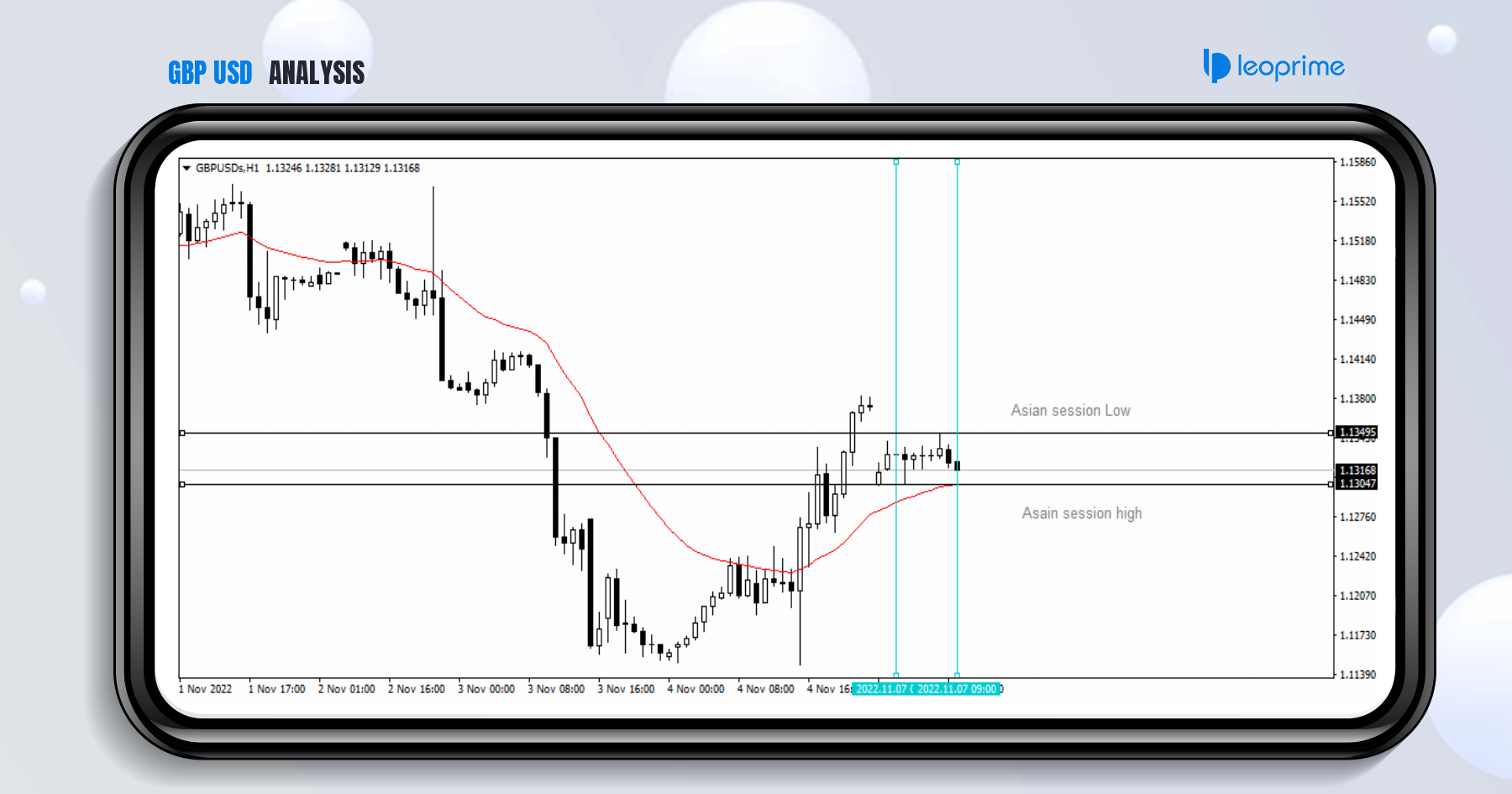
Investing.com – Here are the top five things you need to know in financial markets on Friday, May 10:
1. Tariffs take effect
The increase in U.S. tariffs to 25% from the previous 10% on $200 billion of Chinese goods went into effect at midnight (officially 4:01 GMT) Friday. China immediately vowed to retaliate, but gave no immediate details of its plans.
While politicians and economists have suggested widespread economic damage will follow, some analysts argue there is still time for the two sides to reconcile.
The fact that China’s Vice Premier Liu He will remain in Washington for a second day of trade talks was seen as an indication that both sides are still determined to reach a deal. The U.S. has decided not to apply the increase to goods already on their way.
Goldman Sachs Chief Economist Jan Hatzius downplayed the threat of yet another escalation in the trade war, saying in a note that there is only about a 30% chance that U.S. President Donald Trump will slap tariffs on the roughly $300 billion of Chinese imports that aren’t yet targeted.
2. Chinese stocks soar, U.S. futures cautious
Fears of a full-blown trade war have wiped $20.5 billion off the balance of global stock markets so far this week, according to the latest figures from Bank of America.
The cash leaving stocks in the week to May 8 was the third biggest outflow so far this year, the bank said.
Chinese stock investors seemed to have taken the increase in tariffs in stride as the Shanghai Composite ended Friday’s session with a 3.1% surge, amid some speculation that state-owned actors had been intervening to support prices. Even after Friday’s jump, the index fell 4.5% this week, allowing analysts to depict the late rally as a bounce from oversold levels.
European shares were also upbeat on Friday with the Euro Stoxx 50 up 0.8% nearing midday trade. The region’s stocks are still on track for the worst week since the start of the year.
Wall Street took a much more cautious stance with U.S. futures pointing to a slightly lower open. Dow futures dipped 15 points, or 0.1% by 5:36 AM ET (9:36 GMT), while S&P 500 futures fell 4 points, or 0.1%, while Nasdaq 100 futures were unchanged.
3. Uber goes public at low end of price range
Ride-share company Uber Technologies (NYSE:UBER) played it cautious, pricing its IPO at $45 per share, the low end of its expected range of $44 to $50, despite bankers claiming the offering was oversubscribed.
The company, which begins trading Friday, still raised $8.1 billion and is valued at more than $82.4 billion, but underwriter nerves were evident after the struggle of Lyft (NASDAQ:LYFT) since its IPO.
“Uber is basically Lyft 2.0. Good model, growing sales. But, yet again, here comes California math once more. It is still losing a ton of money,” said Brian Hamilton, a tech entrepreneur and founder of data firm Sageworks.
“If you buy, you are buying a bull market, not a company,” he warned.
Read more: On Uber Stock’s First Day Of Trading, Should You Buy Or Should You Wait? – Haris Anwar
4. Inflation expected to top 2% again
Inflation numbers will be the market focus on the economic front Friday, a test of the Federal Reserve’s assumption that recent soft readings are “transitory”.
The Labor Department will issue the consumer price index (CPI) for April at 8:30 AM ET (12:30 GMT).
On average, economists expect that the CPI rose 0.4% last month, according to forecasts compiled by Investing.com. The year-on-year rate of inflation is expected to nudge above 2% for the first time this year.
The core CPI, which excludes food and energy prices, is expected to have risen 0.2%.
Data released Thursday showed that the producer price index (PPI) rose less than anticipated in April.
5. Oil prices pare gains amid trade dispute escalation
Oil prices pared earlier gains on Friday after U.S. President Donald Trump’s tariff increase on $200 billion worth of Chinese goods took effect, escalating the trade dispute between the world’s two biggest oil consumers.
Prices came under pressure after news that Iraq, one of the biggest producers within OPEC, produced above the ceiling agreed in the so-called “OPEC+” output restraint deal in April.
Elsewhere, Reuters reported that two of China’s biggest oil buyers, Sinopec and CNPC, had declined to buy Iranian oil this month, fearing U.S. sanctions.
U.S. crude oil futures gained 48 cents, or 0.8%, to $62.18 by 5:38 AM ET (9:38 GMT), while Brent oil traded up 53 cents, or 0.8%, to $70.92.







